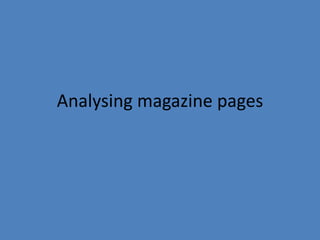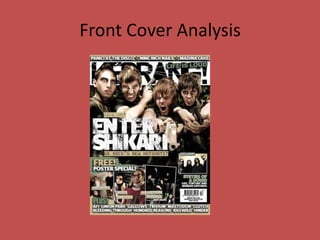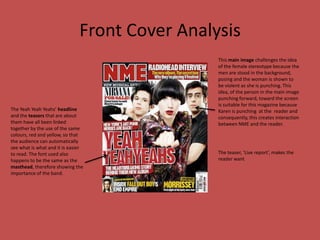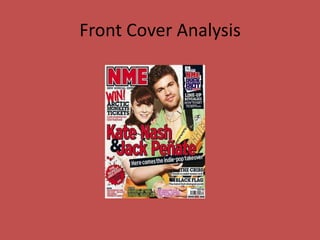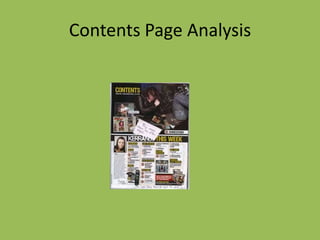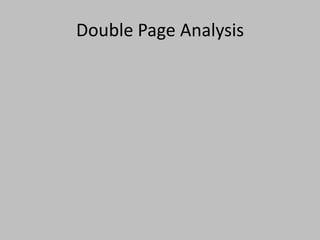This double page spread from NME focuses on an interview with singer Lily Allen. The headline is a quote from Allen that captures the reader's interest. Her black and white photo shows a serious expression. The text is in eye-catching black and white against the red of her top. A summary promises an honest, direct interview. The article uses capital letters and the writer's name is in red like Allen's, showing their importance. Overall, the layout prioritizes the interview content over visuals to engage readers.

